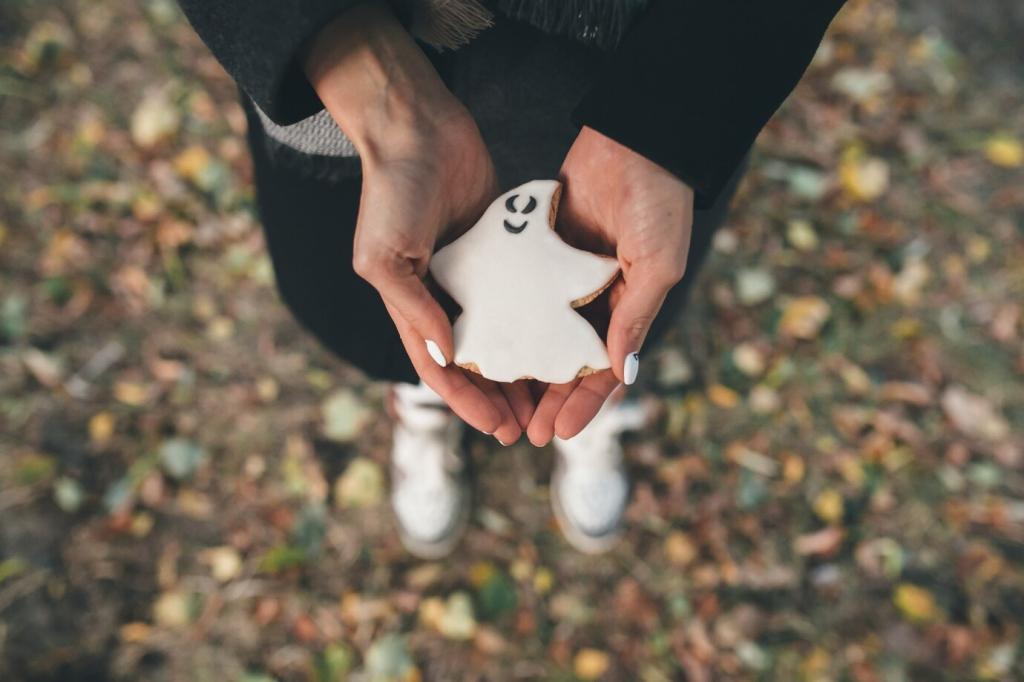Create a Safe Microclimate at Home
Use a hygrometer in the room, not just an app forecast. Dehumidifiers in summer and humidifiers in winter can keep you near 40–55%. Reader Maya wrote that her dehumidifier ended a season of warped dresser drawers. Track levels for a week, adjust slowly, and subscribe to get our printable room-by-room climate checklist.
Create a Safe Microclimate at Home
Direct sun bleaches finishes and dries glue lines. Add UV-filtering films, use sheer curtains, and rotate pieces a quarter turn monthly. Keep line-of-sight between furniture and skylights in mind. If you frame photos nearby, choose UV glass. Show us your window solutions in the comments so others can learn from your setup.





